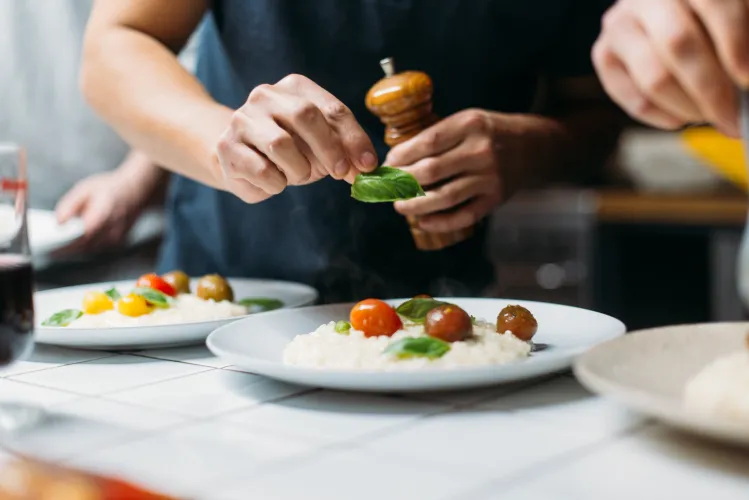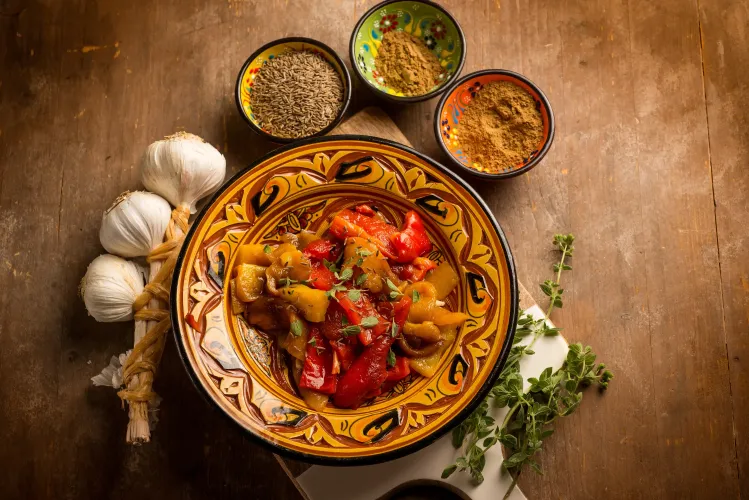When it comes to coastal cuisine, few ingredients carry the prestige, tradition, and mouthwatering appeal of the lobster. Revered for its sweet, tender meat and its deep-rooted cultural legacy, lobster from Canada’s East Coast—particularly the icy Atlantic waters off Nova Scotia, New Brunswick, and Prince Edward Island remains one of the most sought-after delicacies in the culinary world.
But lobster isn’t just a luxurious addition to a fancy dinner plate, it’s a symbol of heritage, sustainability, and seasonal living.
A Bite of History
Believe it or not, lobster wasn’t always the elite dish it is today. Back in the 17th and 18th centuries, lobster was so abundant along the Atlantic shoreline that it was considered a food for the poor, even fed to prisoners and servants. It was easy to catch, stored well, and was often used as fertilizer or bait.
That began to change in the 19th century with the advent of canning and railway expansion. Suddenly, lobster could travel, and its popularity soared. By the early 20th century, it had become a coveted menu item, and as commercial fishing techniques evolved, lobster’s reputation as a premium seafood solidified.
Today, the lobster fishery in Atlantic Canada is one of the most rigorously managed and sustainable in the world. With a deep respect for conservation, harvesters adhere to strict seasonal windows, size regulations, and trap limits to protect the population and preserve the future of the industry.
Seasonal Eating: When Lobster Is Best
True lobster lovers know that timing is everything. While frozen lobster is available year-round, nothing beats the taste and texture of fresh, in-season catch.
In East Coast Canada, two major lobster seasons dominate the year. The first begins in late November and runs through May, primarily in southwestern Nova Scotia. The second, in northern regions and parts of Prince Edward Island, starts in early May and wraps by the end of June.
Spring and early summer offer a particularly flavorful experience. During this time, lobsters are fresh out of molting, meaning their shells are softer, making the meat inside tender and sweet. This is prime time for seafood feasts, outdoor boils, and celebrations of maritime heritage.
If you’re sourcing fresh lobster from a seafood market, ask for “hard-shell” lobster, which typically offers more meat and is ideal for grilling or broiling.
Cooking It Right: From Classic to Creative
Whether you’re a lobster purist or looking to experiment, there are countless ways to bring this iconic crustacean to your table.
1. The Classic Boil
It’s hard to beat the simple elegance of boiled lobster, served with melted butter and a squeeze of lemon. Just bring salted water (or even better, seawater) to a rolling boil, drop in your live lobster, and cook for 8–12 minutes, depending on size. Serve with corn on the cob and baby potatoes for a coastal feast.
2. Lobster Rolls
A warm, buttery roll packed with chunks of chilled lobster meat lightly dressed in mayo, lemon, and chives is the quintessential summer sandwich. Toasted brioche or split-top buns take it over the top.
3. Grilled Lobster Tails
Split the tails, brush with a garlic herb butter, and grill for 5–7 minutes. The smokiness from the grill enhances the lobster’s natural sweetness and creates a restaurant-quality dish at home.
4. Lobster Mac & Cheese
For indulgent comfort food, fold lobster meat into a rich, creamy cheese sauce and bake with a crispy breadcrumb topping. It’s a crowd-pleaser that combines elegance with homestyle coziness.
5. Lobster Bisque or Chowder
Perfect for colder months, a silky bisque made from lobster shells and cream, or a chunky seafood chowder, brings warmth and depth of flavor. Bonus: it’s a great way to use every part of the lobster.
Savoring the Tradition
Lobster is more than a menu item—it’s a culinary ritual, a celebration of seasonality, and a nod to maritime heritage. As 2025 ushers in an even stronger appreciation for local sourcing and sustainable practices, lobster remains at the center of conversations about responsible eating and cultural food traditions.
So, whether you’re gathering around a table with friends, preparing a romantic dinner, or simply treating yourself to something special, the lobster is an ingredient that turns any meal into an experience. Just remember: the best way to enjoy it is fresh, in season, and shared.
Ready for more? Check out our other articles!



 (1) (1)_thumb_500px.webp)
